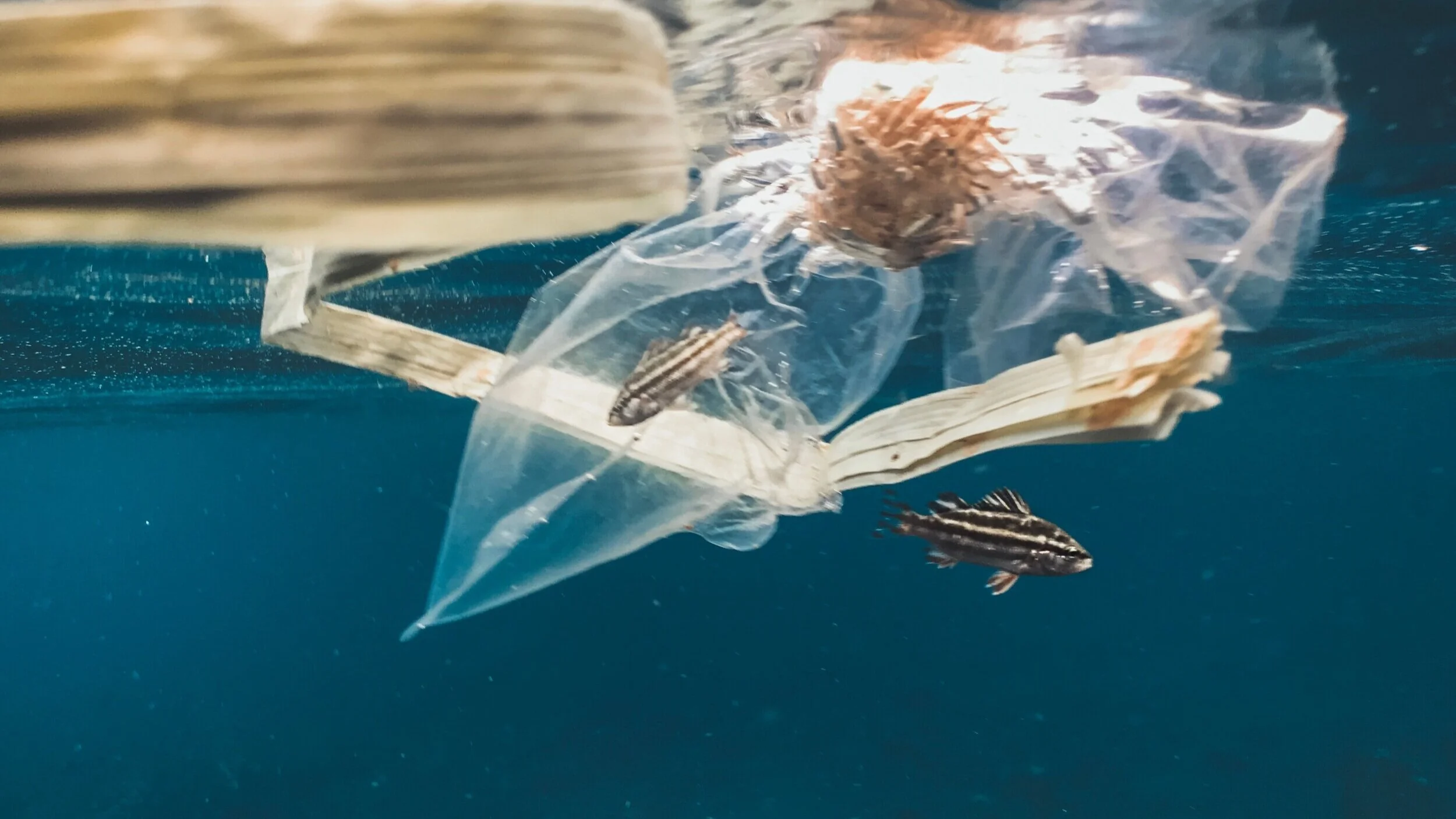Garbage Patches and Our Plastic Problem
Imagine a mass of plastic and litter the size of France, Germany, and Spain put together sitting on the surface of the ocean. This is the reality of the Great Pacific Patch, a collection of marine debris floating in the North Pacific Ocean. Commonly cited as the Pacific trash vortex, this phenomenon is one of the many garbage patches that plague our oceans and waterways. So what exactly is a garbage patch, and how have they come into existence?
What are garbage patches?
Garbage patches are areas in our oceans where waste and debris collect and form into a loosely formed patch of what is essentially our garbage. Rotating ocean currents called gyres force the flow of marine debris into these patches. This debris consists mainly of microplastics; in fact, 80 percent of these plastics come from land-based sources, and the remaining 20 percent come from boating and fishing sources.
There are five main patches that have accumulated in the past six decades as a result of waste dumping and littering. These whirlpools of debris coincide with the natural vortexes of our oceans, and consequently exist throughout the Pacific, Atlantic, and Indian oceans. The largest patch, located in the North Pacific, was discovered in 1997, and the most recently identified patch in the past 4 years is located in the South Atlantic.
Environmental and economic impact of garbage patches
The most direct impact garbage patches impose on our environment is their destruction of marine life and their ecosystems. Their impact is detrimental in three main ways:
Ingestion of microplastics harm the health of marine animals including fish and seabirds.
Fishing nets left in these garbage patches cause unintended entanglements that trap fish.
Non-native species that have attached themselves to debris may be transported by moving garbage patches, therefore interfering with natural ecosystems.
A secondary environmental impact of these patches is the contribution of greenhouse gas emissions from the microplastics. A 2018 study from the University of Hawaii found that polyethylene, a common material used in disposable plastics, emits greenhouse gases as a result of decomposition under the sun as they lay floating on the surface of the water. The results of this ocean garbage means increased global warming and air pollution, compromised livelihoods of small fishing communities, and economic resources being re-routed to combat this climate change issue.
What is currently being done?
According to the World Economic Forum (WEF), it is predicted that oceans could contain more tonnes of plastic than fish by the year 2050. Currently, efforts are only being executed at a small-scale level to clean-up the oceans. To enable larger impact solutions, resources need to be directed towards scientific research, policy building, and international participation. In the meantime, prevention is key - some actions to consider include:
Consuming less plastics and being mindful of recycling them properly. The large majority of the ocean plastics derive from land-base sources such as bottles or bags being littered.
Supporting organizations that are actively working on long-term solutions to combat marine waste. Learn more about The Ocean Cleanup group who is working on developing advanced technology to rid the ocean of plastic and us spearheading the largest clean-up in history.
Advocating for this issue, and spreading awareness to gain traction for the cause. Learn more from the NOAA Marine Debris Program, an organization that is working on the prevention and reduction of plastic waste and garbage patches.
Garbage patches unfortunately are not going to disappear anytime soon. Their mere existence is among the myriad of environmental degradation issues, and a caution of how human habits can cause a chain effect of disruption. At RyeStrategy, we understand that constant vigilance and action towards the environmental cause is needed. We hope that you’ve been able to broaden your sustainability and climate change knowledge with this read. Please feel free to check out our other blog posts to learn more about the various environmental topics we’ve covered.
Learn about our affordable carbon footprint solutions for small and medium-sized businesses
Book a free strategy session to discuss your climate goals with a sustainability manager.
About RyeStrategy
Based in Seattle, RyeStrategy is a CDP-accredited, mission-oriented company specialized in carbon accounting, mitigation coaching, and climate disclosure solutions for organizations at any point in their sustainability journey. Learn how RyeStrategy helped Salesforce, Ideascale, and Wazoku achieve their sustainability goals.
From exhaustive carbon footprinting and mitigation coaching, to setting science-based targets and reporting climate data to CDP, SBTi or custom reporting platforms, RyeStrategy acts as a hands-on extension of the team, custom-tailoring services to fulfill climate disclosure requirements easily and accurately.
Meet with a sustainability specialist to learn more about RyeStrategy solutions.

